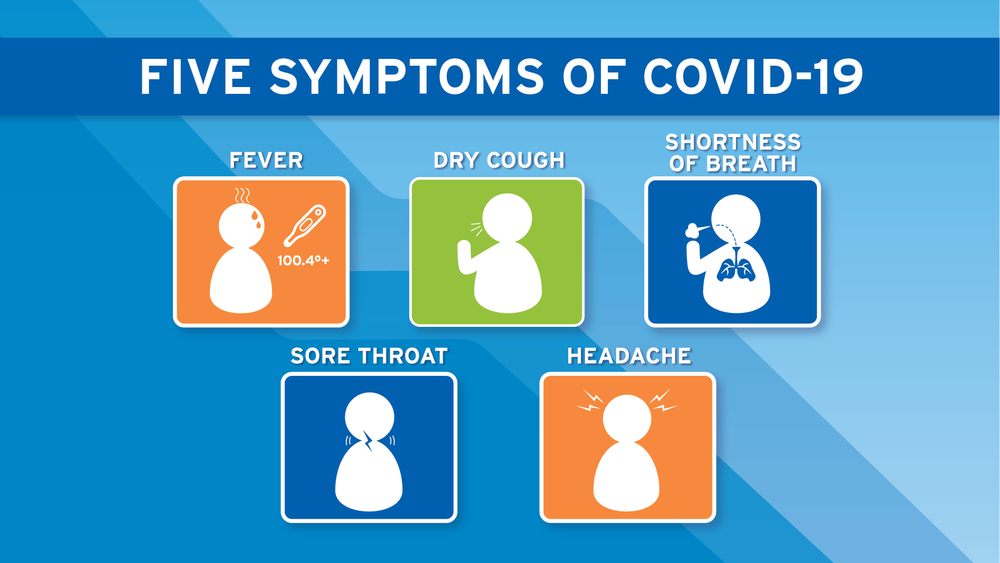Section Branding
Header Content
Coronavirus Symptoms: What To Know
Primary Content
The coronavirus is an upper respiratory infection with mild to severe respiratory symptoms such as fever, cough and shortness of breath which could appear between two to 14 days after exposure.
The World Health Organization has declared it a pandemic.
Coronavirus is spread through person-to-person contact, according to a list put out by the Center for Disease Control. This could occur through close contact among people, typically within six feet of one other. When an infected person coughs or sneezes, droplets of the virus are produced and travel in the air, potentially at risk of being inhaled or after someone touches contaminated surfaces and then their face.
Antibiotics do not work in treating coronavirus, the CDC has said. The antiviral medication used to fight similar illnesses such as the flu also do not work. Currently, there is no vaccine to prevent getting the virus.
A patient’s recovery depends on the strength of their immune system. The best way to prevent illness is to avoid being exposed to this virus.
Severe complications from the virus include patients having pneumonia in both lungs, multi-organ failure and in some cases death, according to the CDC.
For the latest news updates, government information and resources, go to GPB.Org/Virus.



